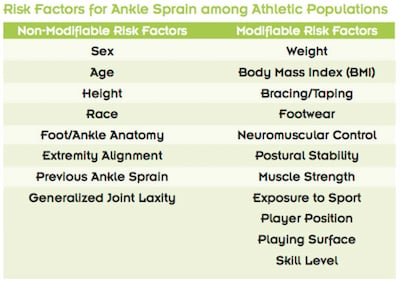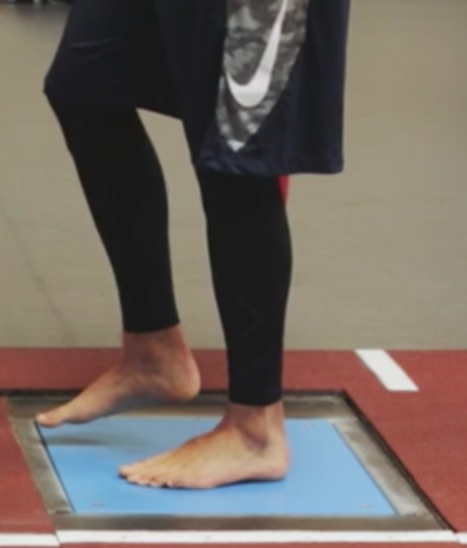
Injury prevention is at the forefront of most anyone’s mind whose livelihood relies on the physical tools, talents, and skills of human beings. Data collection for identifying risk factors and implementing injury prevention programs are at an all-time high for practitioners looking to gain any advantage. Researchers and academics have joined the injury prevention mania as well. This surge in interest, data, and research however doesn’t always lead to practical or actionable takeaways, much of this information can actually be distracting.
There is a growing body of research in this field, especially as it relates to injuries in sport and tactical athletes. Previous injury is generally agreed upon to be the single biggest predictor of future injury. However there are many other risk factors that can contribute to increasing or decreasing these odds. Height, limb length, and other congenital or genetic traits will absolutely contribute to an individual’s risk of injury. Gender, weight, and age have all also been shown to be predictive indicators of injury.
Different playing surface and footwear have shown to have significant relationships with incidence of injury as do environmental factors such as temperature, humidity, and altitude. While there will always be some overlap, different sports and positions will be more or less at risk for specific types of injuries based simply on the characteristics of the sport itself! While this research has been enlightening in many ways, much of it is simply common sense. As practitioners our effort and energy must be towards something we can affect. Reading research is an absolute must for the performance or medical practitioner. But the goal is not to learn fun facts and big words to regurgitate to indifferent athletes, annoyed sport coaches, and an army of twitter followers. Of course all of these things matter, what can we use to decrease injury risk?
Injuries are rarely, if ever, going to be caused by one specific thing. Even acute traumatic injuries often stem from larger chronic issues, with the traumatic event simply being the “straw that broke the camel’s back.” This is never more obvious than when simply asking the athlete how the injury occurred. Typically these statements start with “well I wasn’t really warmed up and then…” or “well my groin has been bothering me lately and…” Gender, age, strength, power, fatigue, joint range of motion, static stability, previous injury, acute and chronic workloads, dehydration, the list goes on. This extremely complex combination of individual characteristics and environmental factors interact, both non-modifiable and modifiable risk factors play a part. However just as understanding what the risk factors of an injury are, understanding that injuries are multifactorial (while important) doesn’t really get us anywhere.

As practitioners our focus must be on what we can do to change the modifiable risk factors for injury. If a 26 year old professional female soccer player with 3 previous ACL tears walks into your building, what are you going to do? What about a 37 year old male firefighter with an L6 vertebrae and a history of back spasms? They won’t be interested in the fun facts that have contributed to their injuries, they will want to know what they need to do next.
Where we can truly have the biggest influence is in affecting what we can, not focusing on what we cannot. For example research has found sleep to be an extremely importance piece to the puzzle when it comes to injuries, yet often times people ignore this fact because it is too obvious. Unless every athlete or individual you are responsible for is getting 8-10 hours of sleep each night, you are not above spending time on sleep. If the majority of people simply followed industry best practices injury rates would likely decrease. All of the research in the world tells us the value of a proper warm up, yet still most American football teams come out of the locker room after halftime with little to no warmup, and proceed to immediately all-out sprint 65 yards.
Historically injury prevention tactics have been represented by the 3 E’s…
Engineering
Education
Enforcement
… and really these concepts don’t need to change much. The concern here is our focus has been primarily on engineering, while ignoring education and enforcement. How are you educating other staff and athletes? How are you monitoring their progress? Rather than confront biases and have difficult conversations, we dive deeper down the rabbit hole hoping to find the mythical one true answer.
Understanding injury risk factors and mechanisms of injury are important, but alone this doesn’t accomplish much. You must be able to simplify and educate or sell these concepts, as well as consistently and practically enforce the interventions.